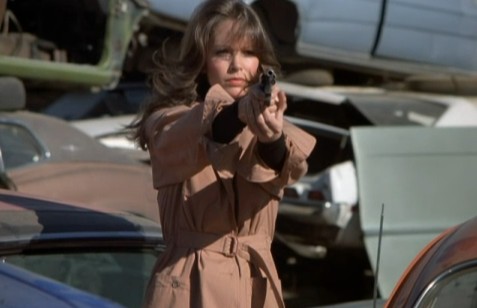I read that the teacup technique is better than the push-pull technique of holding our pistol.
Forgetting about the teach cup technique, I was trying the push-pull technique where I'm pushing my fist and front sights at the center of the bullseye and holding it firm in place. I do this with my bow to increase focus.
What's your opinion?
Forgetting about the teach cup technique, I was trying the push-pull technique where I'm pushing my fist and front sights at the center of the bullseye and holding it firm in place. I do this with my bow to increase focus.
What's your opinion?


